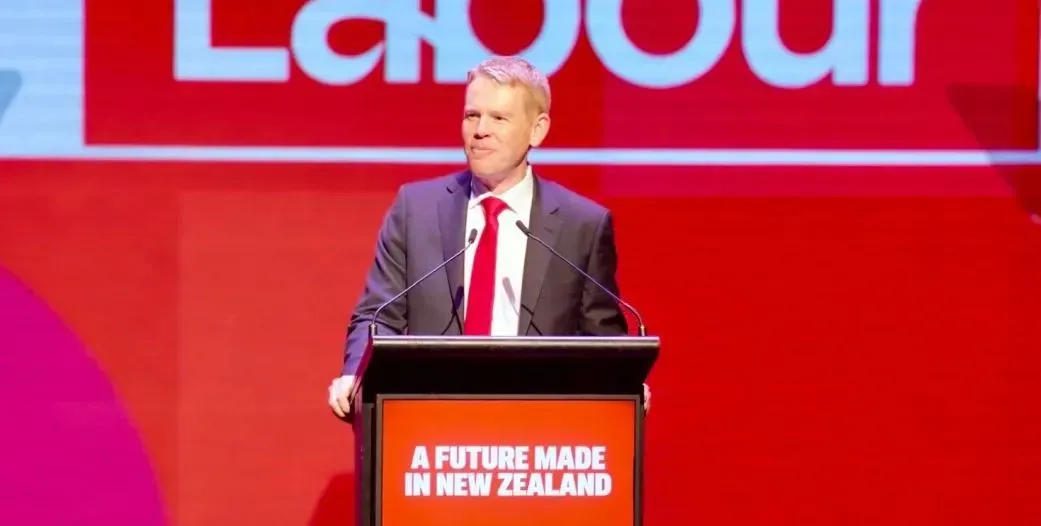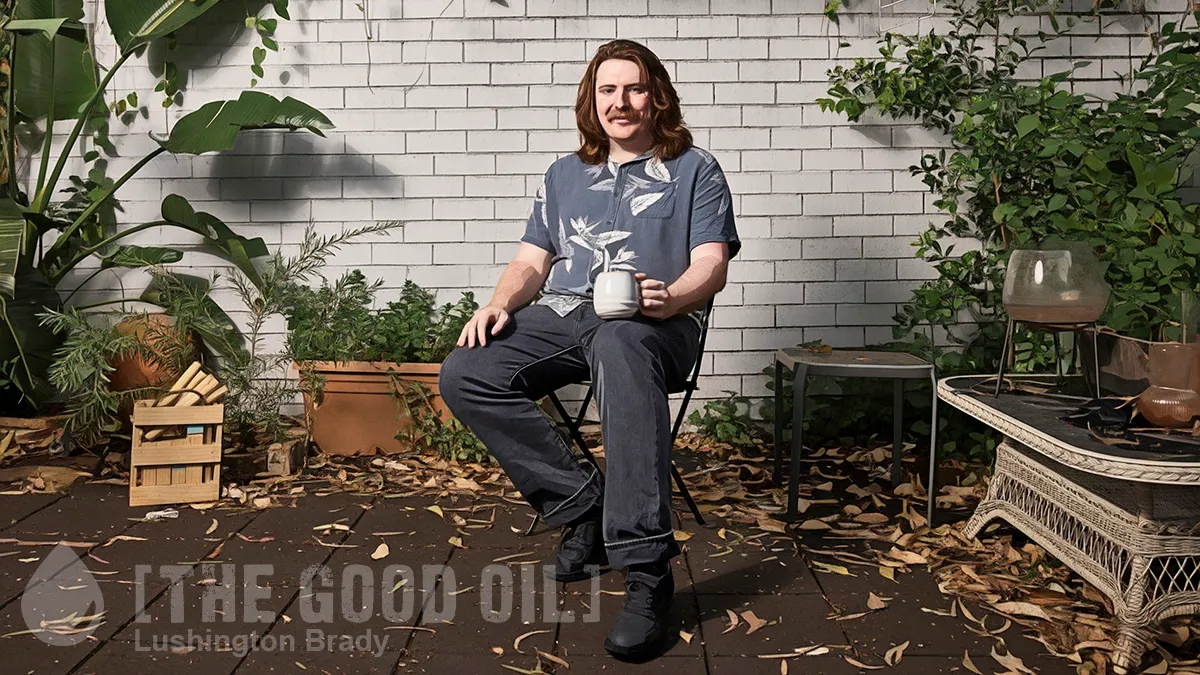Anyone who remembers John Key standing in the Wellington Westpac Stadium and bemoaning the fact that the number of people leaving New Zealand each year would fill that stadium must be coming to the realisation that soon, we will be back in the same situation. In fact, it is quite possible that, in 2022, the number of people leaving New Zealand might fill the MCG.
The people that leave for a better life elsewhere are not the ones we want to lose. They are not the beneficiaries, the gang members or the criminals, as those people generally can’t leave because no one else will take them. No, it is usually our best and brightest that go offshore, and if the current Australian campaign to recruit our public servants is anything to go by, we could soon be in a lot of trouble… much more trouble than we are in right now.
My thinking comes from the fact that, since 2017, there has been very little progress on anything for people to feel aspirational. We all know about the Kiwibuild debacle: 100,000 homes to be built in 10 years sounded like a wonderful promise, but four years in, fewer than 1,000 houses have actually been built and the government seems to have given up on housing all together.
When I look around the Hutt Valley from a housing perspective, the prospects are grim indeed. The average 3-bedroom house now sells for $850,000 to $900,000. Ten years ago or less, $400,000 would have bought a very nice house here; now it costs more than twice that for something average. Rapidly, if you want a nice house, you are up for $1 million even in the Hutt Valley. This madness shows no sign of ending.
But that’s not all. Houses are being built, but they are far from desirable. There are developments around where 40 houses are cramped into an area no larger than what was once the average house section. These houses are usually 2-storey, with no land, no driveway and no garaging. I know of one development where 140 houses are to be built on what used to be 3 average-sized sections. One of the neighbours has expressed real concern about all the cars passing his driveway. I don’t think he needs to worry. There will be nowhere for the new occupants to park their vehicles on the new development anyway, so this may not be the problem he thinks it will be.
In the western world, we have always had life progression. We are prepared to live in small accommodation, such as apartments, when we first leave home, but as soon as we want a family, we tend to want a bit more space and a back yard for the kids to play in. These developments, where houses are crammed in without a thought as to how people are going to live, are not going to work for families. We are building tomorrow’s slums. In fact, I think they will be slums from the moment they are built. Where is the long-term thinking here?
Down the road in Wellington, past the brand new park, reserve and cycleway being built there at an astronomical cost on the other side of the railway line, Wellington City Council is driving the narrative that the only way to go is… up. Henceforth, everyone in the city is to live in an apartment.
A few years back, I contemplated buying an apartment in a block two streets back from Oriental Parade, with fantastic views of the harbour. The 2013 Seddon earthquakes, which ripped apart internal fittings in many of these apartment blocks, put paid to that idea. Now, after the Kaikoura earthquakes, many of these buildings need expensive strengthening work, which is an enormous burden on apartment owners.
If we can’t build multi-storey properties that can survive medium-strength earthquakes (Kaikoura was major, but the Seddon earthquakes were not serious for Wellington), then don’t expect people to live in them. But that is exactly what the WCC wants because it does not want to fund additional infrastructure for new builds. The safety of the residents takes a back seat, as it seems it always does.
A new apartment in Melbourne, however, may cost in the region of $600,000 with no earthquake risk. Sounds like a good deal by comparison.
I come from Britain, a country smaller than New Zealand, which then had a population of 55 million and no housing problems of note. I ask myself this question all the time: why, in a country of this size, do we have trouble housing a mere 5 million people, so much so that the social housing waiting list stands at over 22,000 people and ordinary houses cost in the region of $1 million? How has it come to this and what can we do to fix it?
I am not blaming any specific government, as the problem goes back to the introduction of the RMA and was then exacerbated by the leaky homes fiasco, but in 2017, Jacinda promised to do something about housing. Even people who did not vote for her felt an element of hope that once they took power, this government really would tackle housing. But here we are, four years on, and the situation has become considerably worse. An average house in many places costs $1 million and a deposit of $200,000 is needed… if you can get a house at all.
And for those working people who survived COVID, often with a reduction in wages for a time, the final body blow was delivered to them in the 2021 Budget. The so-called ‘Recovery Budget’ only looked out for beneficiaries. Those who kept the country running, manned the streets and the hospitals, swept the roads, kept the ports going, operated the pharmacies and supermarkets got… nothing. In fact, many of those workers who kept the country running have just been rewarded with a wage freeze. That this government really doesn’t care about working people is the message being sent loud and clear to those in this country who try to get ahead and pay their own bills.
So as the world opens up, expect to see a significant exodus of New Zealanders to Australia, or even further afield. You simply cannot expect people who want to live a decent life to pay most of their incomes in rent while unable to buy a house for themselves.
This was never the Kiwi way, but it is now the reality for many New Zealanders. Expect to see many more Westpac stadia full of people who have left the country for a better life.
John Key’s aspiration to make New Zealand a place where people want to live has disappeared in 4 short years of a Labour government that cares more about beneficiaries than it does about looking after those who pay for them – the long-suffering New Zealand taxpayers.
Please share this article with others









